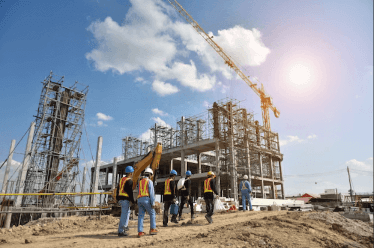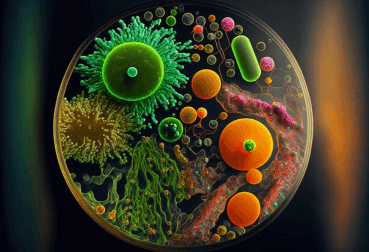Question
a.
General acid-base catalysis
b.
Specific acid-base catalysis
c.
Electrophilic catalysis
d.
Nucleophilic catalysis
Posted under Enzyme Technology
Interact with the Community - Share Your Thoughts
Uncertain About the Answer? Seek Clarification Here.
Understand the Explanation? Include it Here.
Q. _____________ involves donation of electrons from nucleophilic active site residues to a substrate forming a covalent adduct transition state intermediate.
Similar Questions
Explore Relevant Multiple Choice Questions (MCQs)
Q. Which of these is not required for electrophilic catalysis?
View solution
Q. Which of the following assumption was not made in rapid equilibrium model?
View solution
Q. Which of these is referred to as Kcat?
View solution
Q. What does the following equation represent?
\(\frac{1}{V_0} = \frac{K_m}{V_{max}} \frac{1}{[S]}+\frac{1}{V_{max}}\)
View solution
Q. Which of the following is based on rearrangement of Lineweaver Burk plot equation by multiplication of [S₀] factor?
View solution
Q. Miachelis Menten model is also referred to as “rapid equilibrium model”.
View solution
Q. ___________ is defined as the enzyme’s binding efficiency with its appropriate substrate through optimized multiple non-covalent interactions.
View solution
Q. 4*10⁷: Catalase :: 25: ___________
View solution
Q. What is the ratio of V₀/Vₘₐₓ when [S] = 10Kₘ?
View solution
Q. What does the equation \(V_0=\frac{V_{max} [S]}{K_m+[S]}\) represent?
View solution
Q. Which of the following is termed as catalytic efficiency?
View solution
Q. Which of the following equation is Eadie-Hofstee plot equation?
View solution
Q. The equation which is based on reciprocal form of Miachelis Menten equation at constant [Et] level is referred to as ______________
View solution
Q. ______________ is defined as an enzyme molecule’s efficiency to convert maximum substrate molecules into product per unit time.
View solution
Q. A low Kₘ value points out a low affinity of an enzyme towards its substrate.
View solution
Q. Given an enzyme with Kₘ of 0.25mM, at what substrate concentration will the velocity of the enzyme reach 1/2 of the Vₘₐₓ? (Vₘₐₓ = 100 mmol/s)
View solution
Q. An enzyme with a Kₘ of 5mM has a reaction rate of 100 mmol/min at substrate concentration of 0.25 mmol. What is the maximum reaction rate that this enzyme can achieve when its saturated with substrate?
View solution
Q. Which is the model proposed in the following diagram?
View solution
Q. What does the following plot represent?
View solution
Q. What does the following graph represent?
View solution
Recommended Subjects
Are you eager to expand your knowledge beyond Enzyme Technology? We've handpicked a range of related categories that you might find intriguing.
Click on the categories below to discover a wealth of MCQs and enrich your understanding of various subjects. Happy exploring!








